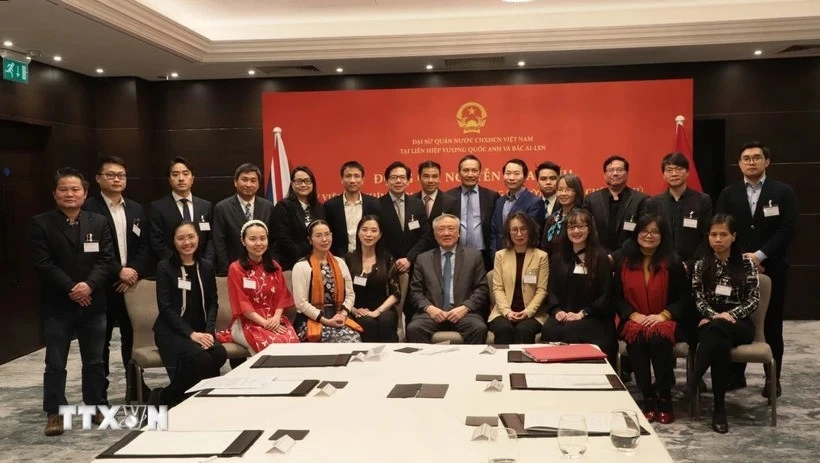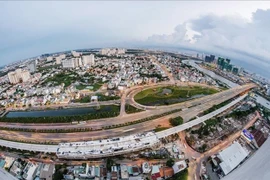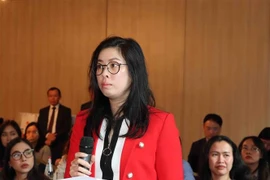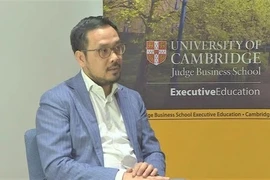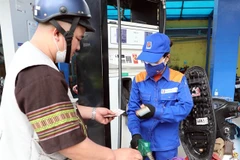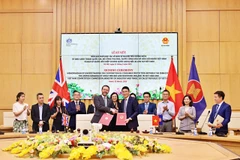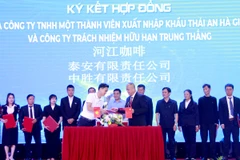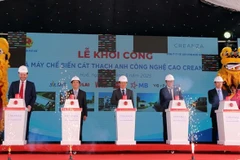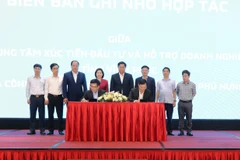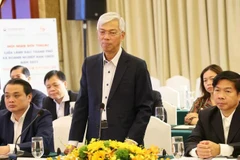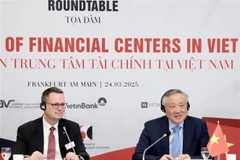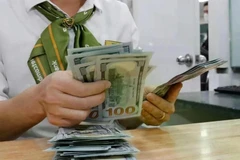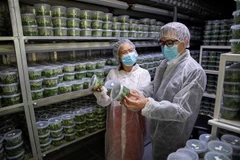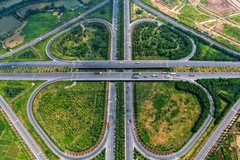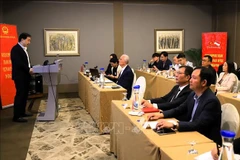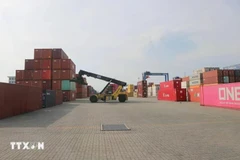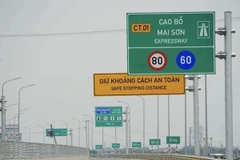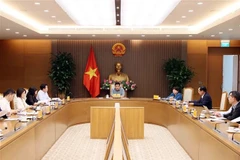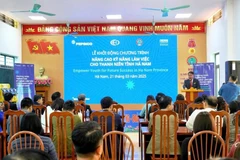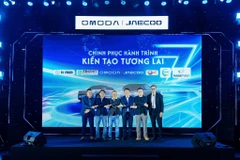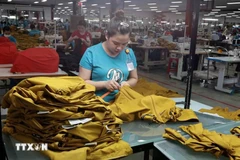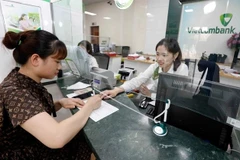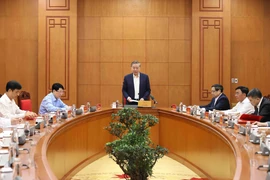London (VNA) - Vietnam can rise as a major international financial centre, both regionally and globally, with a strategic vision that highlights transparency, a skilled workforce, modern infrastructure, robust financial markets, and strong international branding, the Vietnam Intellectual Society in the UK and Ireland (VIS) told visiting Vietnamese Permanent Deputy Prime Minister Nguyen Hoa Binh in a recent meeting.
With Ho Chi Minh City ranking 98th out of 121 global financial centres and classified as a "local specialist" in the Global Financial Centres Index (GFCI) released on March 20, Vietnam has a plethora of strategic options to develop its financial hub.
One approach is to focus on key financial services such as asset management, financial technology (Fintech), and green finance, aiming to become a leading specialist financial centre in ASEAN and, eventually, on a global scale. Alternatively, Vietnam could pursue a diversified model, offering a full range of financial services, including banking, capital market, and insurance, experts suggested.
According to them, Vietnam need not limit itself to a single path. A hybrid approach that combines specialisation and diversification could maximise growth opportunities. Regionally, Vietnam can capitalise on the trend of companies relocating from China, offering them access to both domestic and foreign capital.
The VIS identified Ho Chi Minh City as a prime candidate to become full-spectrum hub, urging tighter asset management policies, broader investment portfolios, funding for large-scale public-private partnerships, and further growth of fintech and green finance sectors.
With its unique geographical advantages, Da Nang could carve out a niche in sustainable finance initiatives, such as green finance and climate finance. By doing so, the city could establish itself as a regional financial centre focused on sustainability.
However, experts cautioned that Ho Chi Minh City and Da Nang should avoid overlapping in their areas of specialisation, which could lead to a "race to the bottom" that ultimately benefits another country. Instead, each city should focus on its strengths to complement each other.
To attract top-tier investors, Vietnam must align its financial centres with global criteria: sustainability, digitalisation, and innovation. VIS experts proposed raising the foreign ownership limit in Vietnamese commercial banks from 30% to 49%, with a long-term target of 60%. This move is expected to expand the banking sector, improve service quality, align with international standards and lower capital costs.
A transparent legal framework is crucial for fostering trust and fairness. Stock exchanges must operate as impartial intermediaries, and the growth of institutional investors and diverse investment models should be encouraged. Professionalising financial intermediaries will improve market quality and facilitate Vietnam’s upgrade from a frontier to an emerging market.
Improving corporate governance by adopting international environmental, social, and governance (ESG) standards will promote sustainable development. A phased roadmap to attract top global financial professionals, collaborate with international organisations, and introduce incentives for overseas Vietnamese talent is essential. Integrating financial English into official training curricula will align Vietnam’s financial centre with global standards, they said.
VIS Chairman Prof. Nguyen Xuan Huan said as a network of nearly 200 scientists, researchers, and financial experts in the UK and Ireland, VIS is committed to supporting Vietnam’s financial aspirations. Through specialised training, policy research, and knowledge-sharing initiatives, VIS aims to train financial professionals, provide expert consultations, and facilitate collaborations between Vietnamese businesses and global financial institutions.
With strong connections in the UK’s financial education, research, and market sectors, VIS can help Vietnam navigate the complexities of capital mobilisation, investment strategies, corporate governance, financial management, and risk mitigation. By leveraging international expertise in digital technology, IT security, and financial innovation, VIS is poised to play a pivotal role in Vietnam’s journey to becoming a global financial powerhouse./.
